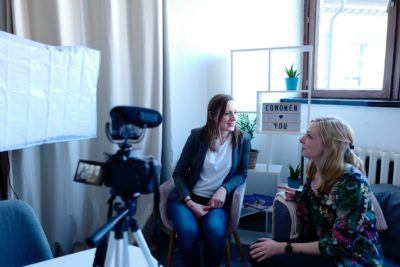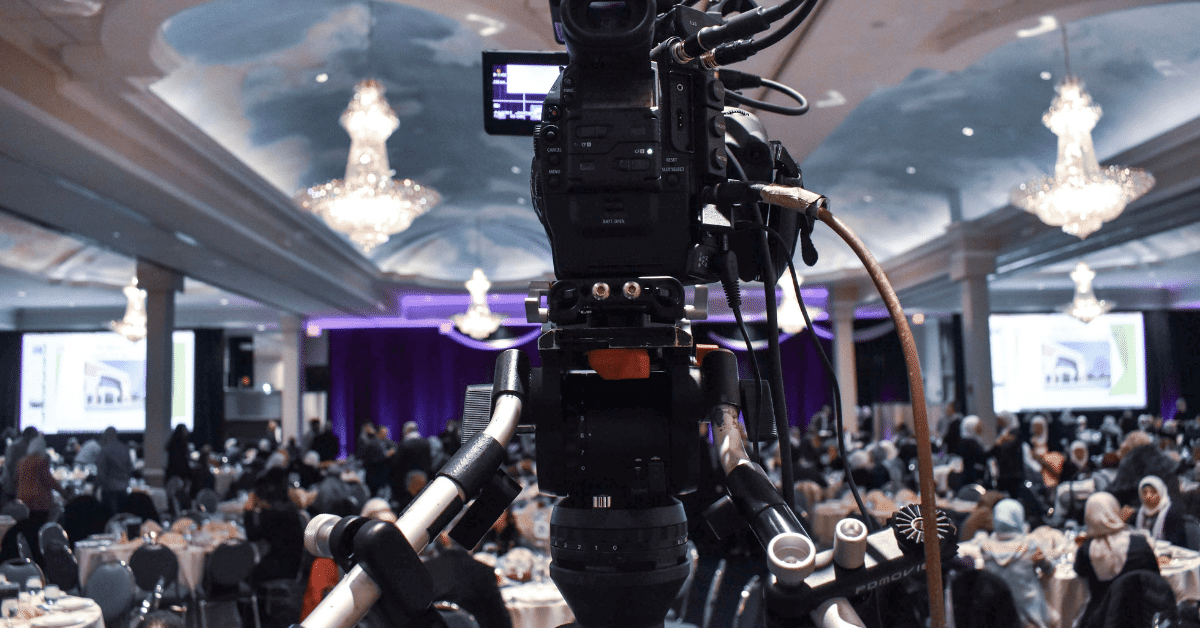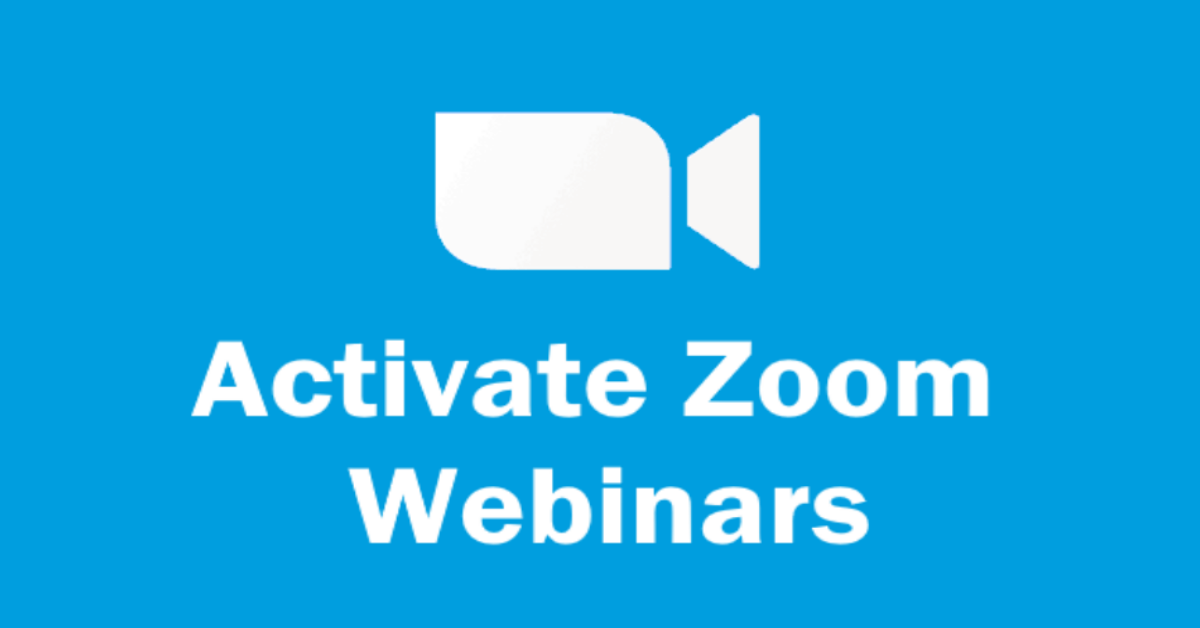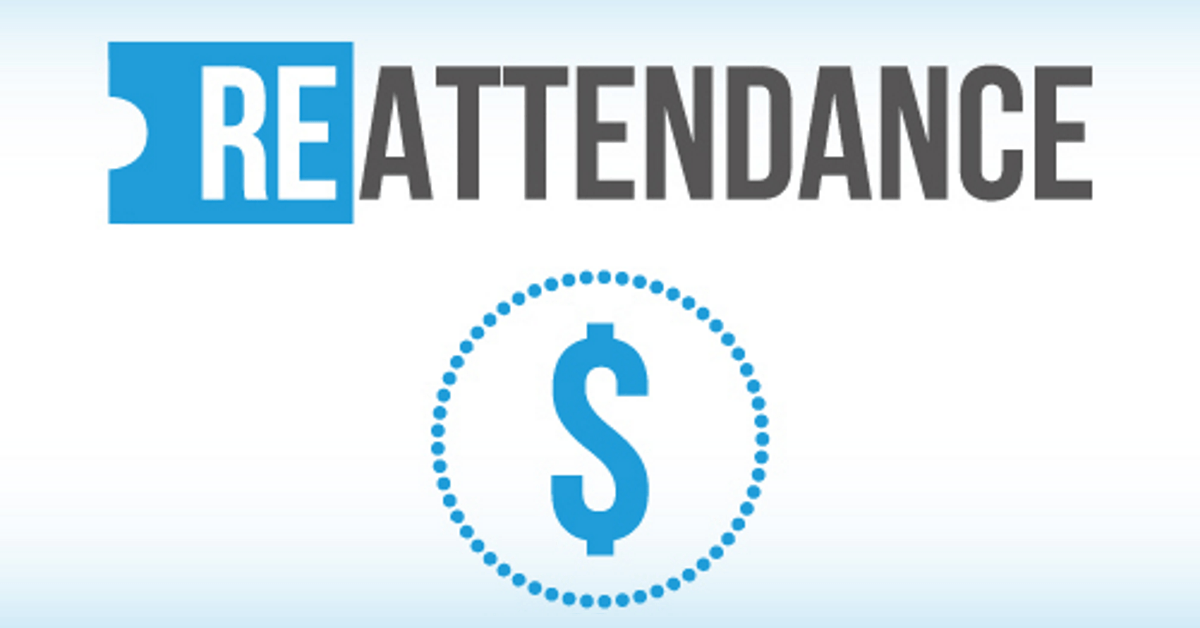
While making the shift over to virtual presentations has loads of clear benefits, one of the complications that you might run into is how can you record and livestream your talks to a high standard...
Not everyone is a technical wizard, and this can cause problems when it comes to ensuring that your talks are high quality across the board, especially if you have guest speakers sending over their own talks which they’re recording at home.
Afterall, there’s nothing more distracting and immersion breaking than bad quality audio and video to completely take your attendees out of the experience.
But fear not!
In this blog we’re going to take a look at the basic quality checks that you can put in place in order to ensure that all of your talks are to a quality standard, and allow you to standardise your recordings across the board, so even the most technophobic speaker can deliver a great looking and sounding talk.
How To Make Sure You Have Good Audio Quality

Audio is the king of a virtual talk and will be a deciding factor in how your talks are received.
Your content can be great, your host can be charismatic, but if your talk sounds like it’s being delivered through and “can and string”, then you’re going to lose your audience quickly.
Simply put, bad audio is grating to listen to and if you can’t get your audio right, then you’ve lost your audience before you’ve even started.
The Problems That Bad Audio Causes
- Your talk will be difficult to transcribe if you ever want a transciption of the talk for subtitles.
- If you want to turn your talk into a podcast or audio only talk, then bad quality audio will really stand out.
- Your audience will struggle to listen to and engage with the content.
What You Can Do To Make Sure Your Recordings Sound Great?
Don’t worry, we’re not going suggest you buy only the highest quality sound equipment. While better sound equipment makes for a better sounding talk, you can actually achieve good quality audio with even reasonably priced microphones and just an added bit of awareness about what can ruin a recording.
- Make sure all your presenters use an external microphone. A built-in laptop microphone will not be good enough.
- Ensure that there will be no external noise for the duration of the talk (e.g dishwashers, doorbell, people talking).
- Ensure that speakers are sitting in a well ventilated area, as a struggling laptop fan will put an end to any talk.
- Ensure you record your talk in an acoustic friendly environment (record in your lounge rather than your bathroom for instance).
- Test everything before recording to ensure audio quality is good, then keep everything exactly the same until you record.
- Follow good microphone techniques….we’ll go into those below.
Ensure You Have Good Microphone Technique
A big part of great sounding audio will rely on how your speakers act while recording. Microphone technique is very important and will have a huge impact on audio quality. Here are some very simple rules to follow which will drastically improve your speaker’s audio.
- If you’re talking with multiple speakers, always ensure you are muted when you aren’t talking.
- Try to move as little as possible during recording.
- Don’t wear clothes that rustle or are noisy whenever you move.
- Be aware of the noises you are making (e.g moving paper around or fidgeting).
- Keep your mouth in the same position relative to your microphone to keep the sound consistent.
- Always wear headphones to ensure no noise other than your voice gets picked up.
How To Make Sure You Have Good Video Quality
Video quality isn’t as important as audio quality, but it will reflect well on your brand and event if you have talks that look great.
Thankfully, good video quality is a lot easier to achieve than audio quality, so the checks will be a lot shorter and easier to achieve.
The Problems That Bad Video Causes
- While not a deal breaker, your talk will be much harder to watch if the video is terrible.
- People like to screenshot and share themselves watching talks. Having bad video quality will turn good social media PR sour very quickly.
What You Can Do To Make Sure Your Video Looks Great?

It’s important to remember that your video quality isn’t just subject to how good your camera is.
The method you use to record and also the environment you record in can greatly effect how your video looks.
Making a great looking video is simple, so if you cover the basics then all your speakers will turn in a good looking video that will be enough to engage your audience.
- Using an in-built laptop camera will be fine for your video, but if you have a high quality webcam or video camera that records in HD then even better.
- DO NOT USE MOBILES! Unless you have a stand and can lock down the footage, then even if the image is super crisp, your talk will be difficult to watch if your camera is moving around freely.
- Standardise your recording method. Getting all your users to use a platform like Zoom and recording their talks directly through there will standardise the recording process so you can guarantee it’ll be of a certain quality and easy to orchestrate.
- Make sure you have a nice looking background and you are well lit. Recording in a bright room against a white wall is perfect. Recording in a dim utility room with your washing in the background is the opposite of perfect.
You Can Always Lose Video Entirely

An important thing to remember that no video at all is better than a bad video.
While having your speaker present is very helpful for creating a personal and engaging talk, having no video isn’t a be all and end all situation.
Of course, we’re not suggesting just having a blank screen.
However, if your speaker has slides or a presentation to go along with their talk, then you can always use these instead of a video. As long as your audience has something to look at and follow, then slides will be a great stand in for a very grainy looking video.
Don’t Forget To Edit Your Videos
If you’re receiving recordings of talks from your speakers instead of livestreaming talks, then it’s always a good idea to edit your talks.
Editing can take as long as you want it to, but if you’re on a tight schedule, then the least you should do is edit out any messy parts of the talk, like the bookends of your speaker setting up or struggling to figure out how to stop recording their talk once they’re done.
To make this process even quicker, ask your speakers to edit themselves if they can. However, if they have any hesitations about editing their talks, then try to do it your end to ensure that you edit cleanly and export a high quality looking video.
Livestreaming Vs Pre-Recording For The Best Results
The quality of your talks and presentations will also be affected by how you choose to deliver them to your audience.
Deciding whether or not your want to livestream your entire event, or pre-record it beforehand is something that you’ll likely decide in the planning stages of your event, but there are definite pros and cons for both which will affect the quality of your event.
Why Livestreaming Is Better Than Pre-Recording…
Livestreaming is primarily great because it’s as close to the real thing as you can get.
There’s just a unique quality to streaming live that can make your speakers come alive and simply engage your audience more.
On top of that, it can be way more valuable for your audience if you offer a Q&A or simply answer questions during the talk. A livestreamed talk has the option of being far more interactive and therefore valuable for your attendees.
…And Why Pre-Recording Is Better Than Livestreaming

When you pre-record, you know exactly what you’re getting.
You’ve seen the video file and know that barring any poor internet speeds on the audience’s end, that you will be broadcasting that exact video file.
Livestreaming doesn’t provide that security and it’s even less secure if your speakers are livestreaming from their own houses or offices on their own internet connection. Lots of people still have terrible internet and if one of your speakers has bad internet, then their talk is going to be a disaster when your audience receives a stuttering talk that they can barely understand.
And away from just internet issues, if something goes wrong, then it’s all live and being broadcast, which might still be engaging for your audience, but not the kind of engagement that you’re after.
Preparation Is Key When It Comes To Delivering High Quality Virtual Presentations

There are a lot of things that can go wrong during a virtual presentation, but if you prepare and plan ahead, you can remove 99.9% of any complications that you’re going to run into.
Having high quality video and audio is very simple once you understand how to achieve them and communicate that to your speakers and presenters.
And from there, as long as you adequately plan how you’re going to deliver your talks, and fully understand the pros and cons that come about from livestreaming vs pre-recording your talks, then you can be ready to face any challenge that comes your way.
At ReAttendance, we help take all the weight off your shoulders by providing a complete managed production service; so your event looks, sounds and runs perfectly.
If you have any questions about virtual events or how to improve your own virtual event, then don’t hesitate to get in touch with us and we can help with that. Good luck and we hope your virtual event is amazing!






